
In a move to address the evolving landscape of digital designs and emerging technologies, the United States Patent and Trademark Office (USPTO) has recently issued supplemental guidance for its personnel in evaluating design patent claims involving computer-generated electronic images (https://www.federalregister.gov/documents/2023/11/17/2023-25473/supplemental-guidance-for-examination-of-design-patent-applications-related-to-computer-generated). This guidance, effective as of November 17, 2023, aims to provide clarity on the eligibility criteria for design patent protection in the realm of computer-generated images.
The genesis of this guidance can be traced back to the USPTO’s request for public input in December 2020, seeking opinions on the interpretation of the article of manufacture requirement in the United States Code. Acknowledging the rapidly advancing digital era, the USPTO has recognized the need for nuanced guidance to ensure robust and reliable patents for designs that encompass new technologies.
The guidance emphasizes adherence to the article of manufacture requirement outlined in 35 U.S.C. 171, encompassing designs for surface indicia, the shape or configuration of an article, or a combination thereof. A pivotal focus lies on computer-generated icons (commonly referred to as “computer icons”) and graphical user interfaces (GUIs), with the condition that they must be integral and active components in the operation of a programmed computer.
Crucial Takeaways for Patent Applicants:
Functional Integration: Design patent claims for computer-generated images should highlight their role as integral and active components in a computer’s operation, going beyond mere display.
Claim Language: Titles and claims should not solely focus on the computer icon or GUI but should explicitly mention the article of manufacture, such as a “display panel with computer icon.”
Review Criteria: USPTO personnel are instructed to thoroughly review titles, claim language, and drawings to ascertain compliance with the article of manufacture requirement.
Examples for Clarity: The guidance provides practical examples illustrating compliant and non-compliant design claims, offering patent applicants a clearer understanding of the USPTO’s expectations.
Public Engagement and Feedback: Recognizing the significance of public input, the USPTO actively invites comments on the supplemental guidance. This inclusive approach reflects the agency’s commitment to ensuring a fair, efficient, and effective intellectual property ecosystem.
As a firm with a substantial cutting-edge design practice, McCoy Russell has the experience and technical expertise to ensure adherence to the USPTO’s shifting policies as the digital landscape continues to shape the future of innovation. Patent applicants and practitioners at the firm are encouraged to engage with this guidance to enhance their understanding of the evolving standards in intellectual property law.


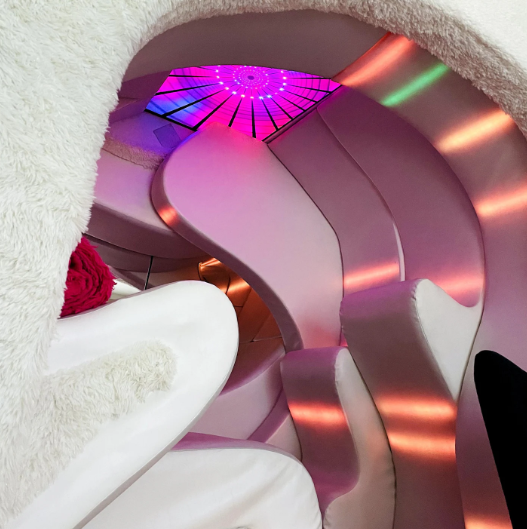



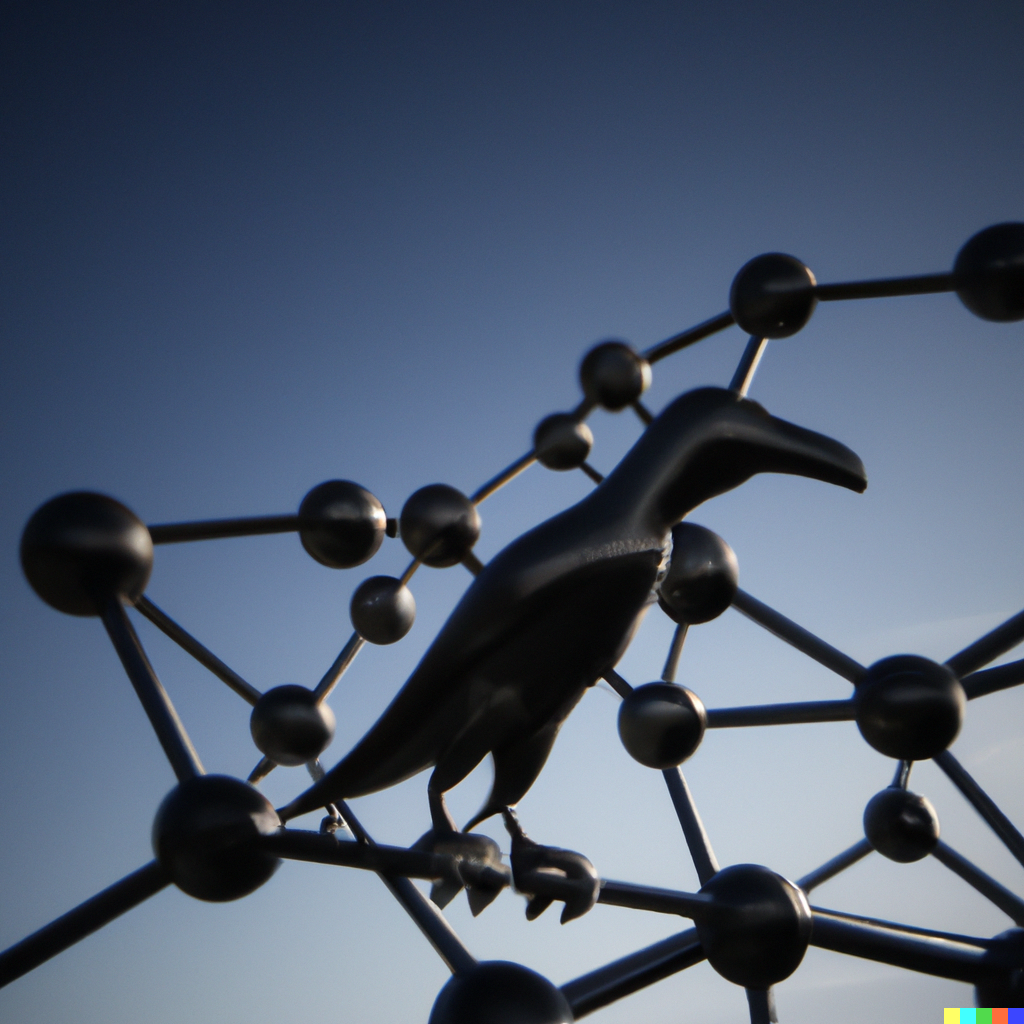
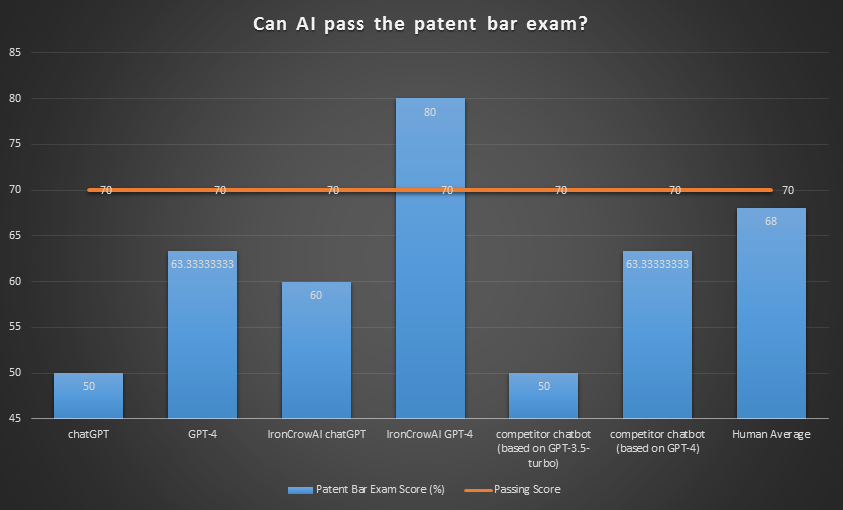
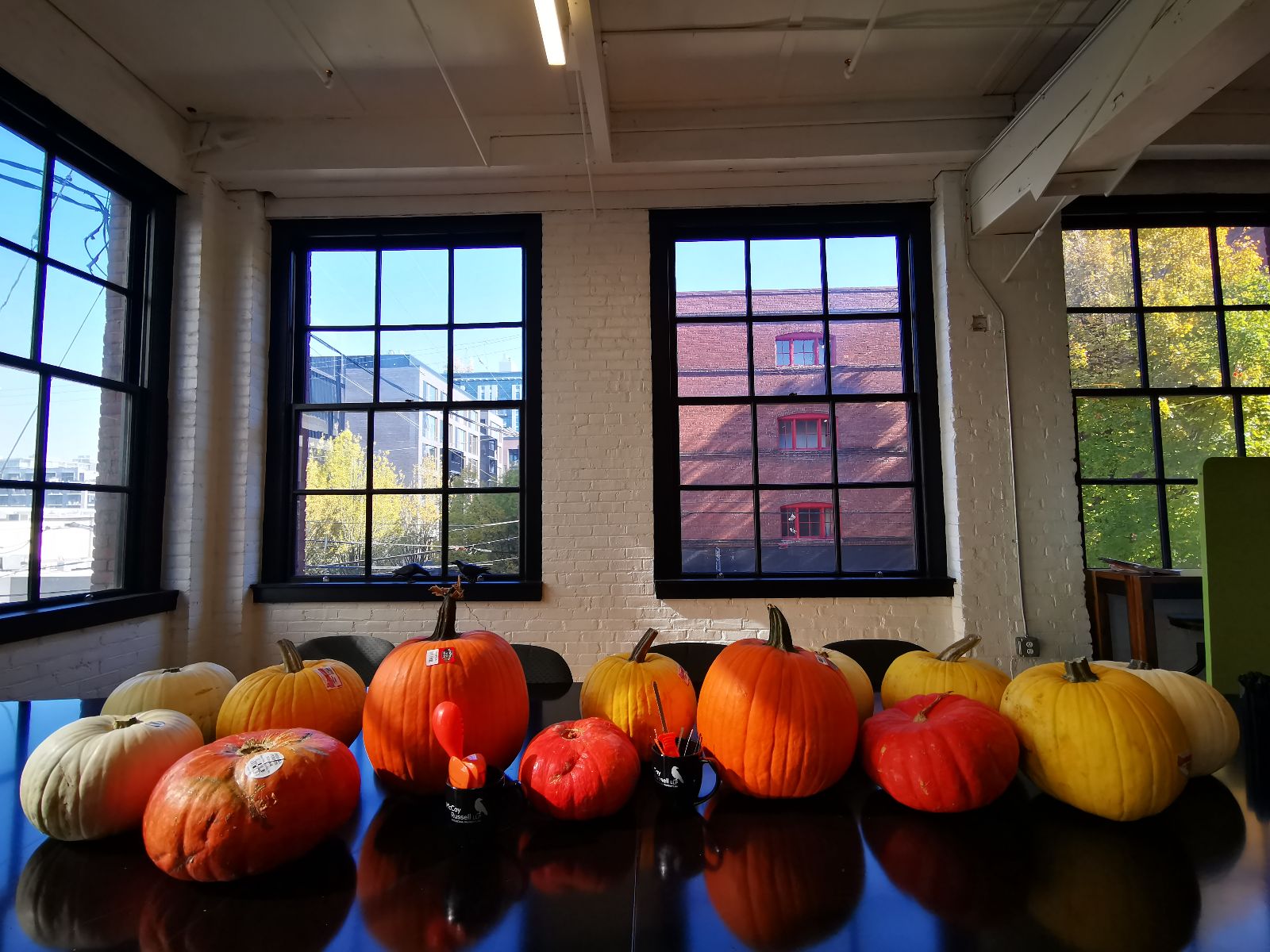
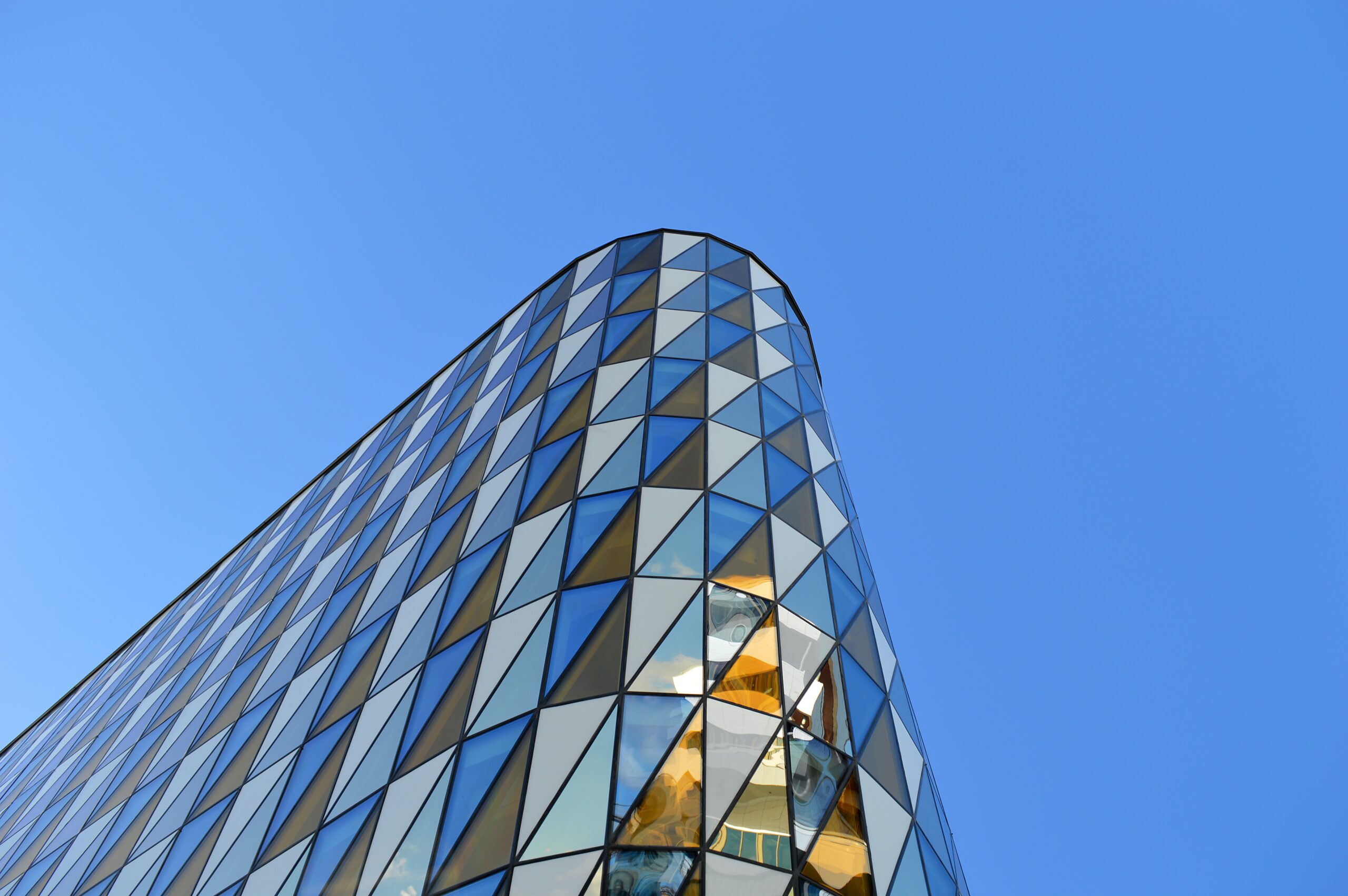

Recent Comments